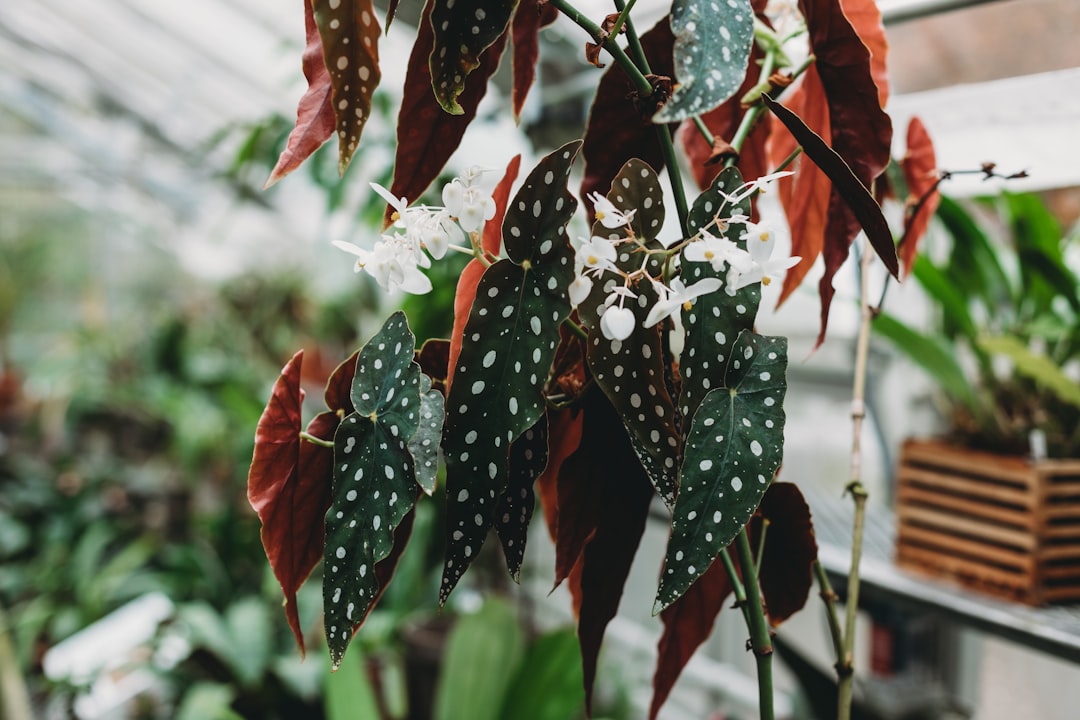Proper ventilation is one of the most critical aspects of greenhouse management. Without adequate airflow, plants can suffer from heat stress, humidity buildup, and disease outbreaks. A well-ventilated greenhouse maintains optimal growing conditions by regulating temperature, reducing moisture accumulation, and promoting gas exchange. This guide explores the importance of ventilation, different ventilation methods, and tips for improving airflow in your greenhouse.
1. Why Greenhouse Ventilation Matters
Ventilation serves several essential functions:
-
Temperature Regulation: Prevents overheating during hot days.
-
Humidity Control: Reduces excess moisture to prevent fungal diseases.
-
Carbon Dioxide (CO2) Exchange: Ensures plants receive enough CO2 for photosynthesis.
-
Pest and Disease Prevention: Discourages mold, mildew, and pest infestations.
-
Stronger Plant Growth: Improves stem and leaf development by mimicking natural outdoor airflow.
2. Types of Greenhouse Ventilation
There are two primary types of greenhouse ventilation: natural ventilation and mechanical ventilation. Each has its benefits depending on the size and climate of your greenhouse.
Natural Ventilation
This method relies on openings to allow passive airflow and temperature control.
-
Roof Vents: Warm air rises and escapes through vents at the top of the greenhouse.
-
Side Vents and Doors: Fresh air enters from the sides and pushes warm, stale air upward.
-
Louvered Panels: Adjustable panels that control airflow based on weather conditions.
Best for: Small- to medium-sized greenhouses in moderate climates.
Mechanical Ventilation
This method uses fans and automated systems to actively regulate airflow.
-
Exhaust Fans: Mounted near the roof to pull hot air out and replace it with cooler air.
-
Circulation Fans: Distribute air evenly to prevent hot spots and stagnant air.
-
Evaporative Cooling Systems: Uses wet pads and fans to lower greenhouse temperatures in hot climates.
Best for: Large greenhouses or areas with extreme temperatures.
3. Strategies for Optimizing Greenhouse Ventilation
To maximize efficiency, consider these key ventilation strategies:
-
Use Automatic Vent Openers: Temperature-sensitive openers ensure consistent airflow without manual intervention.
-
Maintain a Cross-Ventilation System: Position vents and fans to create a natural airflow path.
-
Combine Natural and Mechanical Ventilation: In larger greenhouses, a hybrid system ensures airflow even on still days.
-
Monitor Temperature and Humidity Levels: Install thermostats and hygrometers to track changes and adjust ventilation accordingly.
-
Prevent Airflow Blockage: Space plants properly and avoid overcrowding to maintain air circulation.
4. Common Ventilation Problems and Solutions
Even with a ventilation system in place, challenges can arise. Here are some common problems and how to fix them:
Problem Cause Solution Excess humidity Poor air circulation Increase vent openings and use fans. Uneven temperatures Stagnant air pockets Install horizontal airflow (HAF) fans. Heat buildup in summer Insufficient venting Add shade cloths and increase exhaust fan power. Cold drafts in winter Over-ventilation Use insulation and control vent size.5. Automation and Smart Ventilation Systems
For advanced greenhouse management, automated systems can take ventilation to the next level:
-
Smart Climate Controllers: Adjust vents, fans, and cooling systems based on real-time temperature and humidity data.
-
Timed Exhaust Fans: Ensure consistent airflow even at night.
-
Sensor-Based Ventilation Systems: React automatically to changes in temperature and moisture levels.
Conclusion
Effective greenhouse ventilation is essential for healthy plant growth, disease prevention, and climate control. Whether using natural or mechanical methods, ensuring proper airflow will create a more productive and efficient growing environment.
How do you manage ventilation in your greenhouse? Share your experiences in the comments below!

Comments
No comments yet. Be the first to comment!
You must be logged in to comment. Login